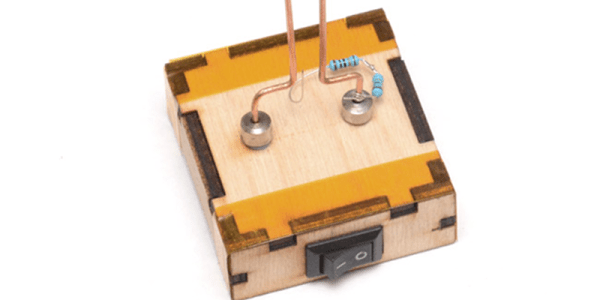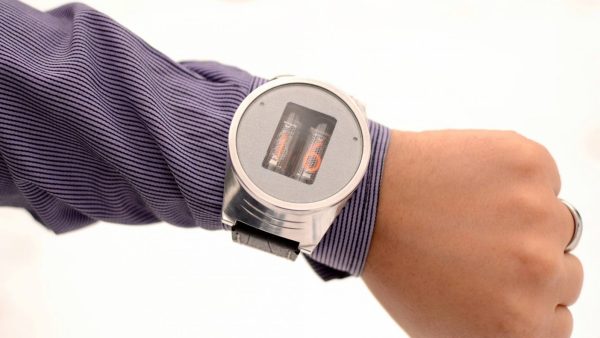When do you need a portable Jacob’s Ladder? We don’t know, but apparently [mitxela] doesn’t want to leave home (or the laboratory) without one. So he built a portable unit that works for a few minutes on a battery. In the video (see below), he says he wouldn’t presume to claim it was the smallest Jacob’s Ladder ever, but he thought it might be a contender.
The battery is a LiPo cell and although it might last up to four minutes, [mitxela] points out that the transistors probably wouldn’t survive that much on time, despite the heat sinks he put in place. The whole device is 45mm square and 17mm thick. Of course, the wires add some height (about 150mm total).
We were hoping to see more of the insides, but we presume this uses one of the cheap high voltage modules you can procure from the usual Far East sources–or, at least–it could. The rest is just laser cutting and workmanship.
If you haven’t encountered them before (outside of old monster movies), a Jacob’s Ladder lets high voltage ionize the air down at the bottom of the narrow gap. The ionized air is hot and rises, and the current flows through it, despite the electrodes getting further apart. Of course, that means you shouldn’t put on in your zero-gee space station.
You might think a portable Jacob’s ladders is unique. Turns out, it isn’t. If you want something easy (and perhaps not as portable), you can’t get much easier than this one.
Continue reading “Portable Jacob’s Ladder For When…You Know… You Need A Portable Jacob’s Ladder”



















